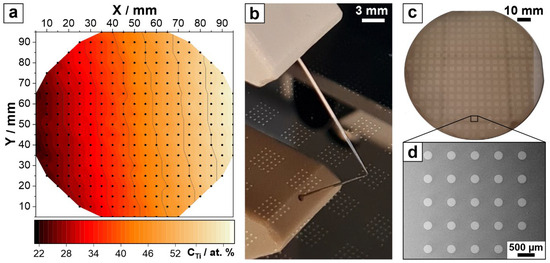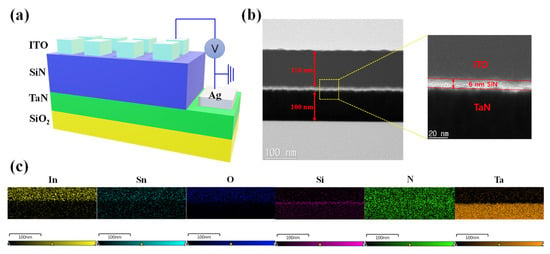Nanoarchitectonics of the Fourth Fundamental Electronic Component: Memristor, Meminductor and Memcapacitor
A topical collection in Nanomaterials (ISSN 2079-4991). This collection belongs to the section "Nanoelectronics, Nanosensors and Devices".
Viewed by 6909Editors
Interests: neuromorphic computing; sensors; data storage; chaos identification
2. Intel Corporation, Hillsboro, OR 97124, USA
Interests: memristor; memcomputing; neuromorphic systems; biomimic smart system
Special Issues, Collections and Topics in MDPI journals
Topical Collection Information
Dear Colleagues,
In 1971, Chua L.O. theorised a new classical electronic, memristor, as the fourth component complementing resistor, inductor, and capacitor. Despite the early physical phenomenon observed by Gibbons and Beadle in 1964, the development of the memristor did not receive much attention until the Hewlett-Packard Lab first elucidated that the ionic electron dynamic was the cause behind the phenomenon in 2008. Since then, its unique resistance tunability has received significant attention due to its potential application for data storage. However, we later found that besides its resistance (R), its inductance (I) and capacitance (C) can also be tuned! And thus, it is also called the meminductor and the memcapacitor, respectively. Any of its R, I or C can be reconfigured and used for different purposes. Moreover, the architectonic of this device is small, fast and low-powered. Henceforth, we foresee that the application of this technology is endless; memories, sensors, neuromorphic computing, random number generators, physically unclonable functions, advanced logic and adaptive/reconfigurable circuits are just a few examples from its long list of potential applications in both analogue and digital electronics.
This Topical Collection addresses the latest advances in the nanoarchitechtonics of the memristor, meminductor and memcapacitor. We invite scientists and engineers to contribute original research, reviews and perspective articles to inspire and shape the future directive towards the deployment of this fourth component for next-generation electronics. The scope of this collection includes, but is not limited to:
- Nanoscale fabrication, novel architecture and processes;
- Surface/interface and electrical characterisation, methodology and benchmarking;
- Multifunctional capabilities: in-memory computing, in-memory sensing and beyond;
- Integration and embedded techniques.
Dr. Firman Simanjuntak
Dr. Yao-Feng Chang
Dr. Sridhar Chandrasekaran
Collection Editors
Manuscript Submission Information
Manuscripts should be submitted online at www.mdpi.com by registering and logging in to this website. Once you are registered, click here to go to the submission form. Manuscripts can be submitted until the deadline. All submissions that pass pre-check are peer-reviewed. Accepted papers will be published continuously in the journal (as soon as accepted) and will be listed together on the collection website. Research articles, review articles as well as short communications are invited. For planned papers, a title and short abstract (about 100 words) can be sent to the Editorial Office for announcement on this website.
Submitted manuscripts should not have been published previously, nor be under consideration for publication elsewhere (except conference proceedings papers). All manuscripts are thoroughly refereed through a single-blind peer-review process. A guide for authors and other relevant information for submission of manuscripts is available on the Instructions for Authors page. Nanomaterials is an international peer-reviewed open access semimonthly journal published by MDPI.
Please visit the Instructions for Authors page before submitting a manuscript. The Article Processing Charge (APC) for publication in this open access journal is 2900 CHF (Swiss Francs). Submitted papers should be well formatted and use good English. Authors may use MDPI's English editing service prior to publication or during author revisions.
Keywords
- nanofabrication
- memristor
- meminductor
- memcapacitor
- nanoarchitechtonic
- nanoelectronics
- neuromorphic computing












